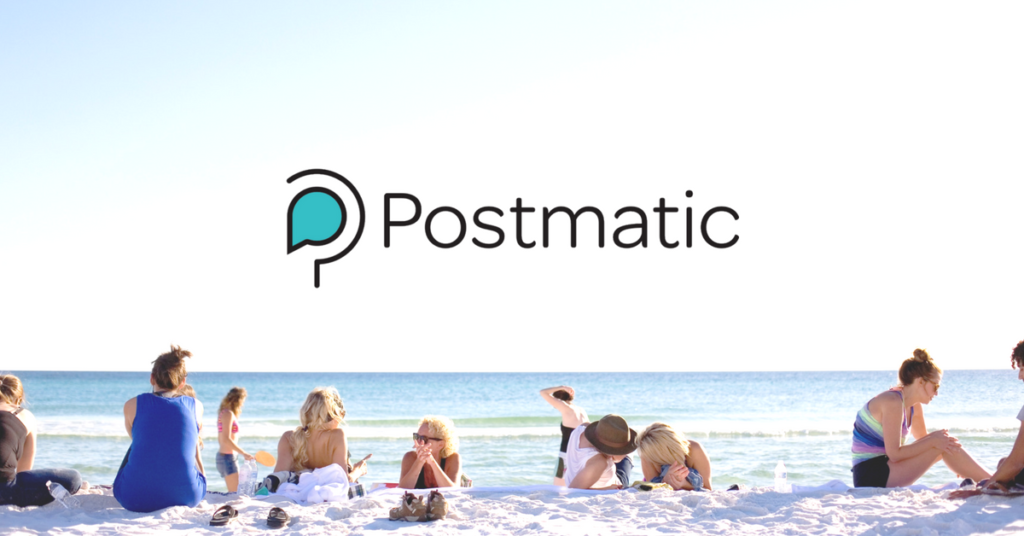It’s one thing to build a community and another to build an engaged community. Blog comments do this very well. So why don’t we take advantage of it?
We want our customers to engage with our brand. Ideally, our customers would be sharing our articles on Facebook and Twitter. Of course, we want our audience to like our stories on Facebook and Snapchat and Instagram. If we build a community, our brand will prosper, right?
However, one of the oldest forms of online community-building is being ignored by more and more companies.
Increasingly, bloggers with a large audience are turning off comments on their blog articles. I think that’s a grievous mistake – one that shuts the door on an opportunity to build real community.
Remember When Blogs Were Important?
Long before social media existed, blogs, RSS feeds, and comment sections were the places where you would build a following and a community.
Most of the well-known marketing brands of today were built using their comment sections to have a conversation with the author. That type of access seems increasingly rare.
What changed in the last 5 to 10 years?
Why are so many prolific bloggers no longer enabling comments on their new blog posts?
Turning Away From Blog Comments
Today, many bloggers are disabling blog comments because there are other means of building communities. Facebook groups, Slack channels, and private memberships have risen in popularity.
Blogs without comments enabled are simply one-way conversations.
However, if the first taste of your brand is an unreciprocated relationship, your would-be-community may not take the next step to gain access to you. There’s simply no incentive.
Why not make your website and your blog the central hub of your brand once more?
Nothing Happens Without a Conversation
By leaving comments enabled and replying to each and every comment that you get on your blog or YouTube channel, you tell people something very important about your brand. You show that you’re listening to your customers and your audience. You show that you’re willing to engage with them and have a conversation with them.
What could be more powerful than this?
By demonstrating that you care enough to listen and respond, you drive people into your tribe, telling them that they matter, and that their words do not go unheard.
When Too Much Success Is Harmful to Your Brand
Do some brands get to a point where they feel they are “successful enough?” Does attaining a certain number of followers give you the right to no longer acknowledge the people that helped build your company up to that point?
It’s tempting to fall into the trap of thinking you are “too busy” to respond to comments on your blog, social media, or YouTube. However, this week, I received a personal response on Twitter from Chris Do, who has 22k Twitter followers, and runs a YouTube channel with 230k subscribers. My friend Nathan Allotey recently made a video about how he got a personal email response from Seth Godin, one of the most famous marketers in the world.
The point is not to humblebrag about people who respond to another person’s comments. The point is to highlight that most of us can find the time to respond to comments and build a community – if we choose to do so.
Ignoring comments on our blog or on our social profiles, because we choose not to build a community — anyone can do that.
What is uncommon is when a brand responds to all the comments on their blog or YouTube channel. Very few “influencers” or even large brands are doing that in 2018. As Gary Vaynerchuk once said, by scaling the unscalable you stand out and draw people to you.
Own Your Community – Comments on Your Site
What I like about blog comments is that they keep everyone on your website. There is no fracturing of your channels. People can ask you a question directly from the source material. Responding to comments remains one of the most effective ways demonstrate your brand cares about their customers.

